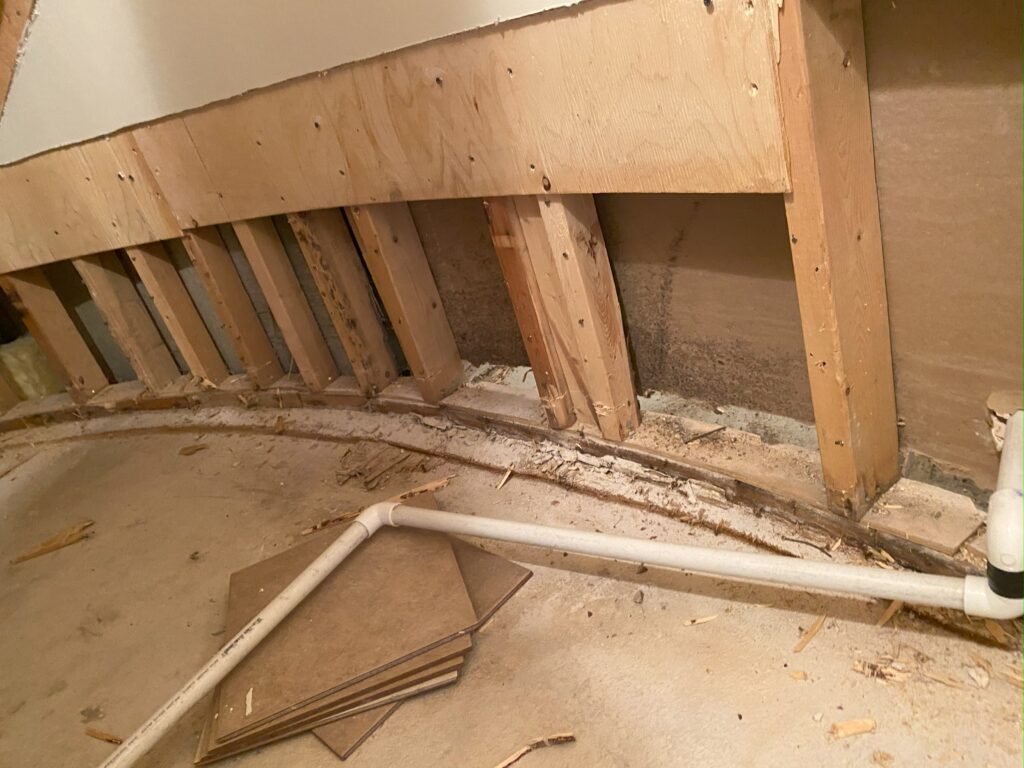
When your home suffers damage due to flooding, especially in a flooded basement, it is crucial to act quickly and efficiently to minimize damage, protect your health, and salvage as much of your belongings as possible. This guide details the essential steps for a professional restoration process.
Initial Assessment: Determine the Type of Water
Gray Water vs. Black Water:
- Gray Water: Absence of sewage backup. This type of water typically results from leaks, seepage, or heavy rain, without major contaminants.
- Black Water: Contains sewage, resulting from a sewer backup or a septic system failure. It is potentially hazardous and requires strict hygiene measures.
Immediate Interventions
For Gray Water:
- Rapid Drying: Prevent continued moisture with high-capacity dehumidifiers and industrial fans.
- Water Removal: Use specific vacuums to extract water from hard surfaces and carpets.
- Preventive Takedown: Remove baseboards and cut the bottom of drywall to facilitate the drying of wall cavities.
Materials to Keep:
- Plastic Foam Insulations: Better resistance to moisture.
- Inorganic Materials: Such as ceramic, concrete, glass, metal studs.
- Healthy Wood: Check for rot before preserving.
Materials to Discard:
- Soaked Fiberglass Insulations.
- Compromised Acoustic Ceiling Tiles.
- Drywall and Subflooring, especially those with asphalt layers.
- Floating Floors and Underlays.
For Black Water:
All materials contaminated by black water must be carefully removed. Keep only inorganic and structural materials after thorough drying and disinfection.
Prevent Mold Development
Time is critical: Drying must be completed within 48 hours to minimize the risk of mold growth.
Professional Post-Flood Management and Repair
- Professional Inspection: Hire a building expert to assess structural damage and advise on necessary repairs.
- Renovation: Use waterproof or water-resistant materials when rebuilding or repairing affected areas.
- Drainage System Improvements: Consider installing or upgrading drainage systems, like French drains, to prevent future flooding.
- Sump Pump Installation: A sump pump can be installed to prevent water accumulation in basements prone to flooding.
- Sealing Check: Ensure that caulking around windows, doors, and other entry points is intact and functional.
Future Preparation and Resilience
- Backwater Valve Installation: Installing a backwater valve is essential to prevent sewage from backing up into your plumbing system during floods or sewer backups, thereby protecting your basement and sanitary fixtures.
By applying these methods professionally, homeowners can ensure that their homes are not only restored but also fortified against future flooding. For professional assistance, do not hesitate to seek our specialized services that can offer tailored advice and comprehensive support.


